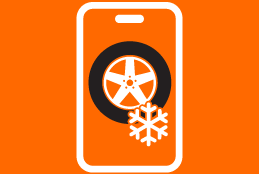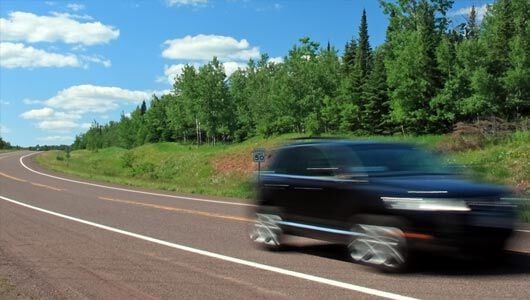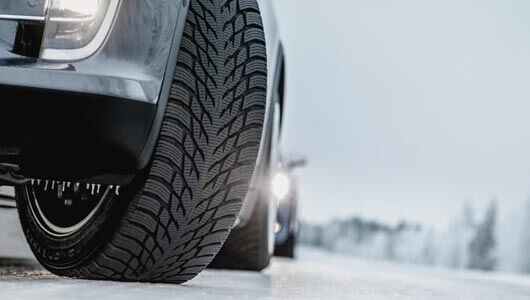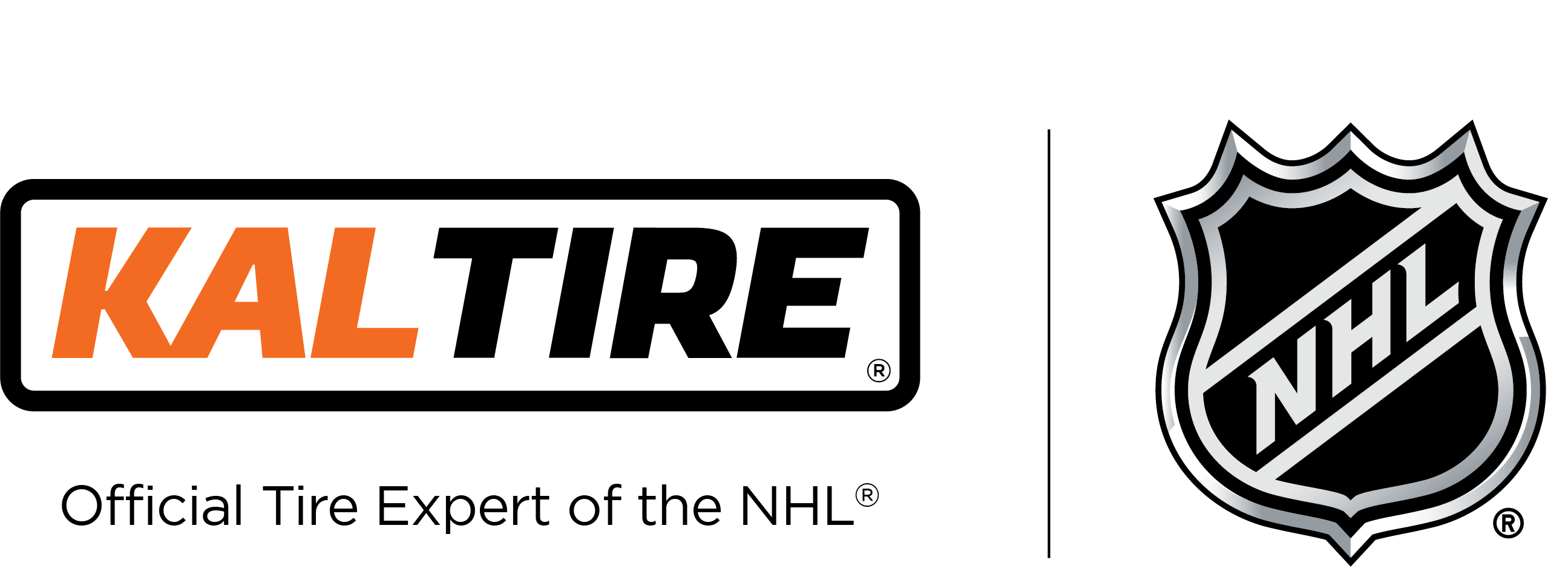When should you replace your winter tires?
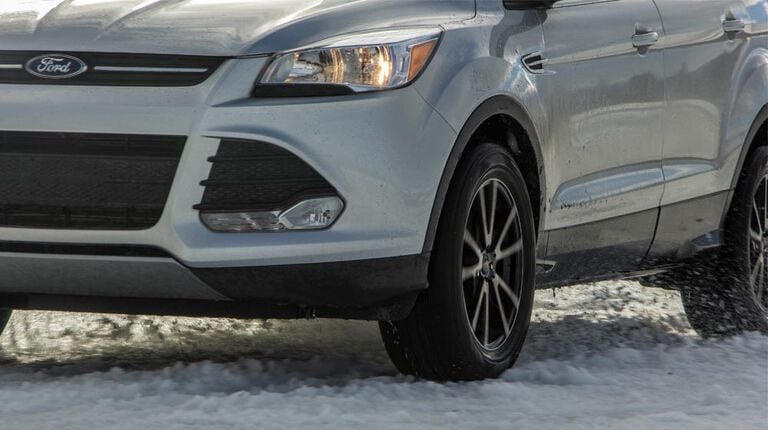
When winter tires are performing at their best, they can push away slush and snow, grip ice, brake, and hold corners on slippery roads. However, when your winter tires’ tread depth wears down over the seasons, their performance weakens.
Checking your tires’ tread depth is the best way to know if your winter tires need to be replaced.
Here we look at how tire wear can affect safety performance and handling, why winter tires are better than all-season tires in wintry conditions, and how to check for tread depth using something found in your wallet.
How do you know when your winter tires are worn?
The more worn down the tread is, the smaller its biting edges. For reliable braking and cornering performance on snow and ice, you need to replace winter tires when they’re half worn.
Transport Canada says tires worn close to 5/32” (4 millimetres) should not be used on snow-covered roads. According to tire manufacturers, and even the law in most provinces, your tires should be replaced when the tread depth reaches 4/32” in the winter. If your tread depth wears to those levels, your tires are considered bald and a safety hazard. Use this chart as an example:
- Brand new – 12/32”
- 25 percent worn – 9.5/32”
- 50 percent worn – 7/32” REPLACE TIRES
- 75 percent worn – 4.5/32”
- 100 percent worn – 2/32”
How do winter and all-weather tires perform over 3-season tires?
Unlike 3-season, formerly known as all-season tires, the best winter tires feature an aggressive tread pattern designed to bite into snow and push away slush. In addition, the rubber compound in winter tires is designed to stay soft in cold temperatures, allowing for reliable grip when the weather reaches 7°C and below.
How do you check the tread depth on your tires?
We’ve got three simple ways for you to check the tread depth on your tires:
1. With a Toonie
Slip a toonie in between your tread blocks. If the tread reaches the bear’s paws, your tires have lots of tread left (they’re probably new!). If the silver part of the toonie is covered by the tread block, your tires are about half worn. And if the tread reaches only as far as the letters (‘CANADA’ or ‘DOLLARS’), your tires are worn and need to be replaced.
2. With tire tread wear indicators
Your tires may also have built-in tread wear indicators. They’re little raised bars—usually six on each tire—along your tires grooves that mark the minimum permitted tread depth. If these indicators are worn, replace your tires right away.
3. With a tire tread depth gauge
Tire tread depth gauges are a fast and easy way for you to know for sure if your tires are safe or if they need to be replaced. Tire tread depth gauges are available at most gas stations. Keep one in your glove compartment for easy access. Here’s how to use one:
- Find the shallowest groove of the tread and insert the pin of the gauge until the base is flush with the tire.
- Read the scale. If you’ve got a number between 7 and 12/32” – you’re good for now! Any less, and you’ll be able to improve your winter braking and cornering with a new set of winter tires.


